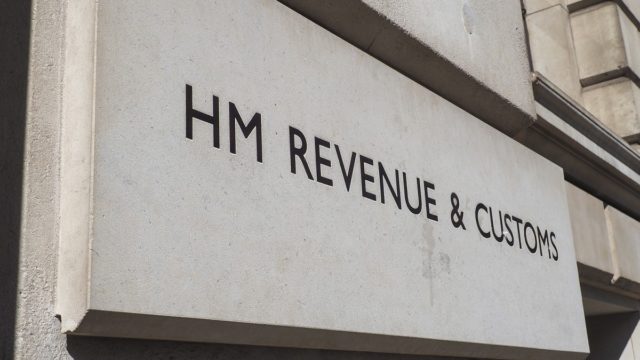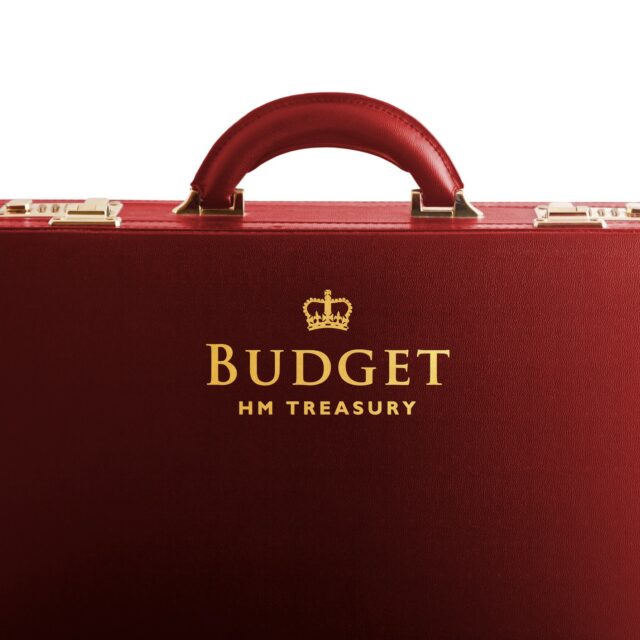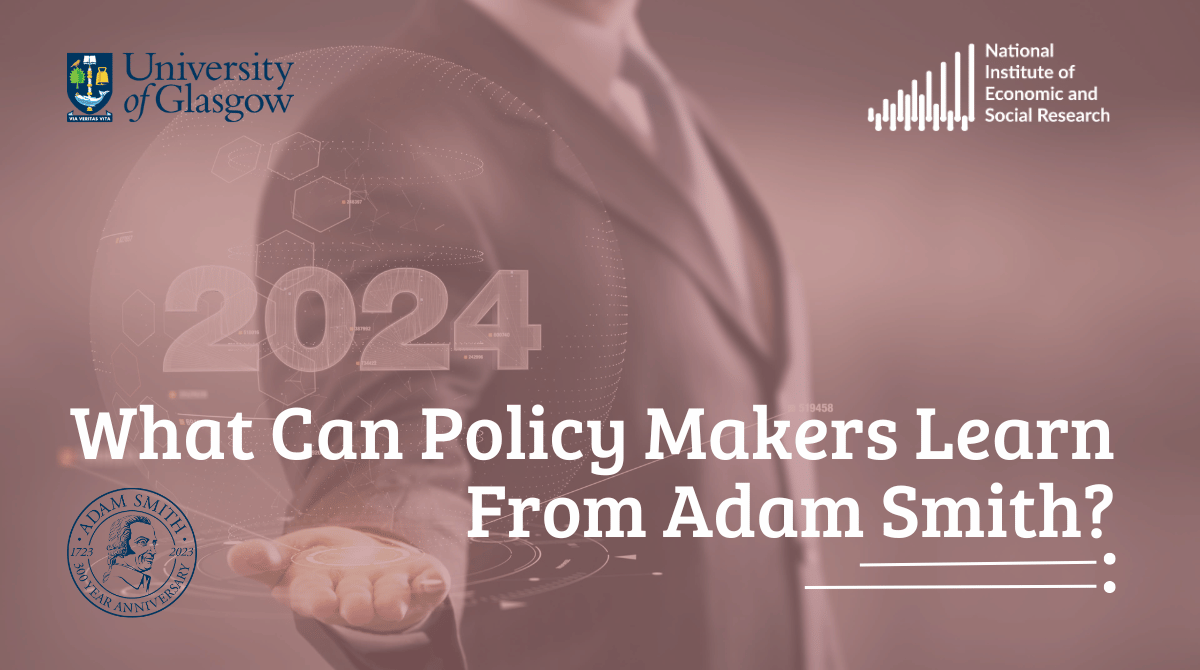Challenging Times – The Economy Ahead of the Spring Budget
 Pub. Date
Pub. Date
09 March, 2023
 Pub. Type
Pub. Type

Main points
- A combination of higher revenue and lower spending, together with the more favourable outlook for GDP and interest rates, means that the Chancellor has a large amount of fiscal space ahead of his budget on 15 March. We estimate this to be £166.0 billion (5.1 per cent of GDP) for his deficit target and £97.5 billion (2.9 per cent of GDP) for his debt target.
- Persistent inflation adds to that space: once we adjust for the inflation tax, which is an adjustment for nominal government liabilities for inflation, we expect the government to be running a surplus in real terms throughout the 2023-24 fiscal year and the debt-to-GDP ratio to fall over 2023-24.
- At the macroeconomic level, we would argue that some of this fiscal space be used to reduce the planned rise in corporation tax, which would otherwise lower investment and GDP in both the short run and long run, and to increase the amount of public investment. Lower effective corporation tax and increased public investment are both growth-enhancing.
- We argue that the Chancellor should allow public-sector wages to rise to catch up with the private sector, given the public-private wage gap has deviated from equilibrium. We can expect some spillovers from public-sector wage growth to the private sector, but any adverse macroeconomic effects need to be assessed against potential output losses if the public sector lost skilled workers.
- Finally, we propose a more targeted approach to providing support for households to deal with the high food and energy prices: specifically, a combination of an opt-in Social Tariff system and a Variable Price Cap. This is preferable in fiscal terms (as a universal EPG might cost as much as £29 billion for 2023/24), provides incentives to users of energy to limit demand but also provides more support to those who need it most.





















